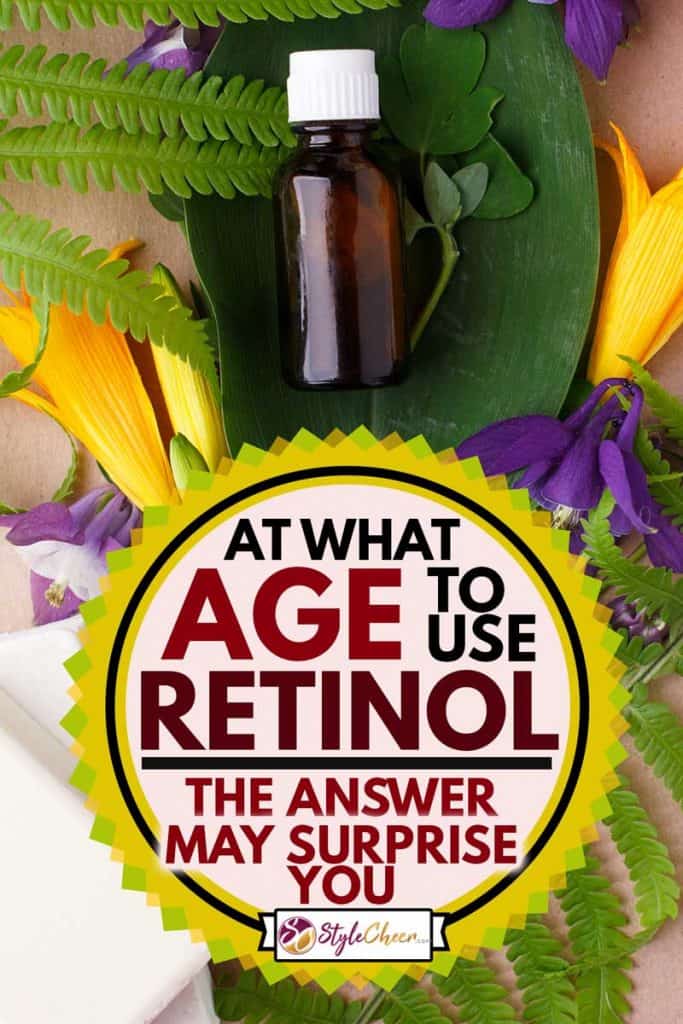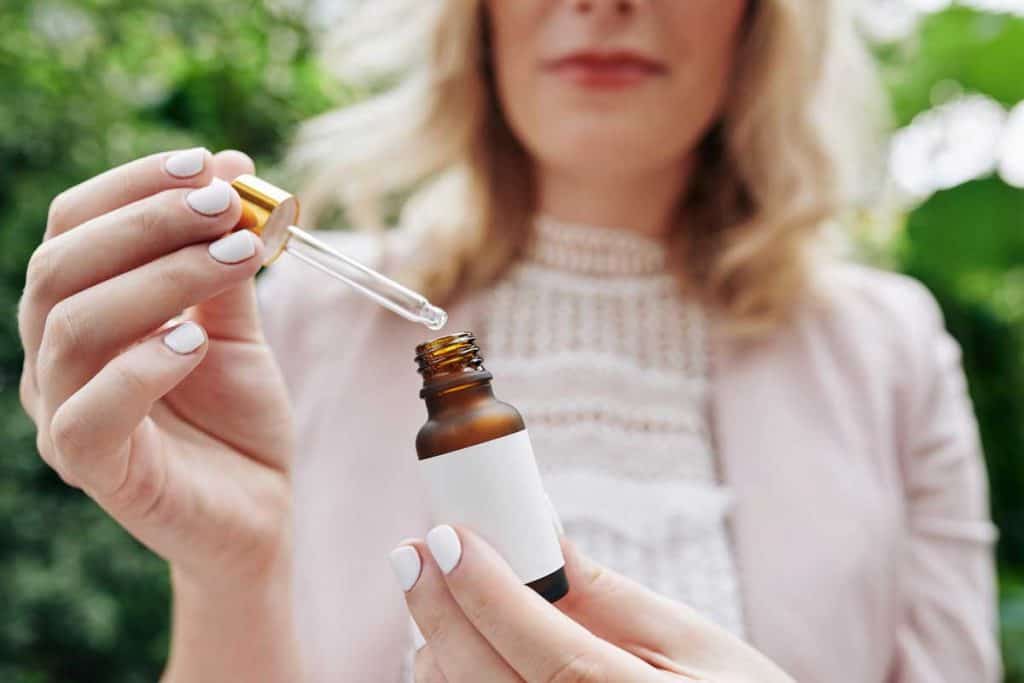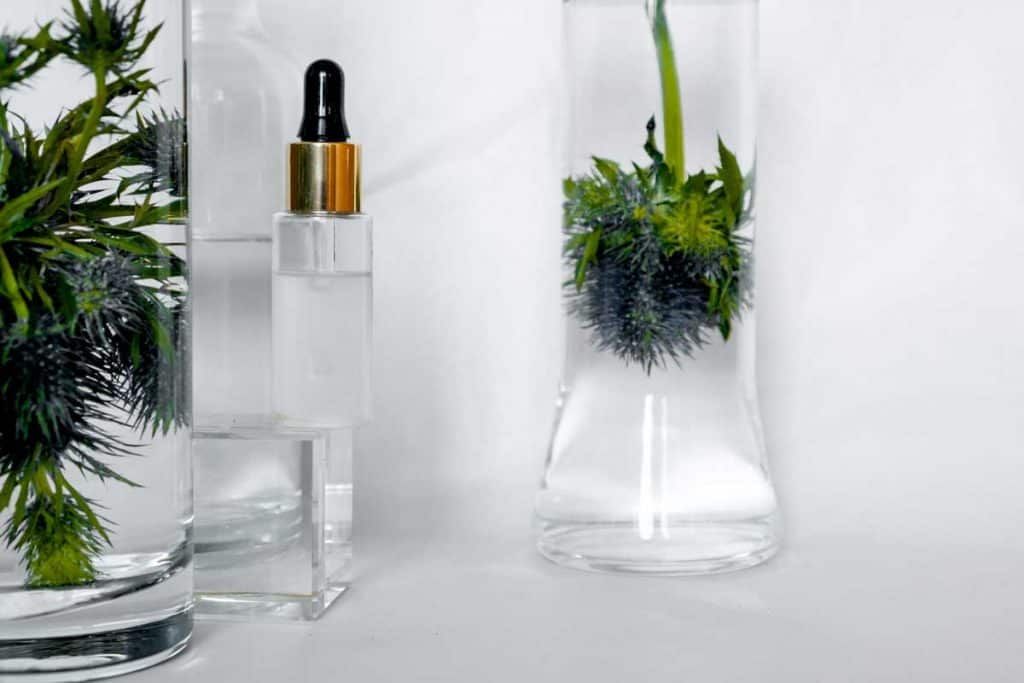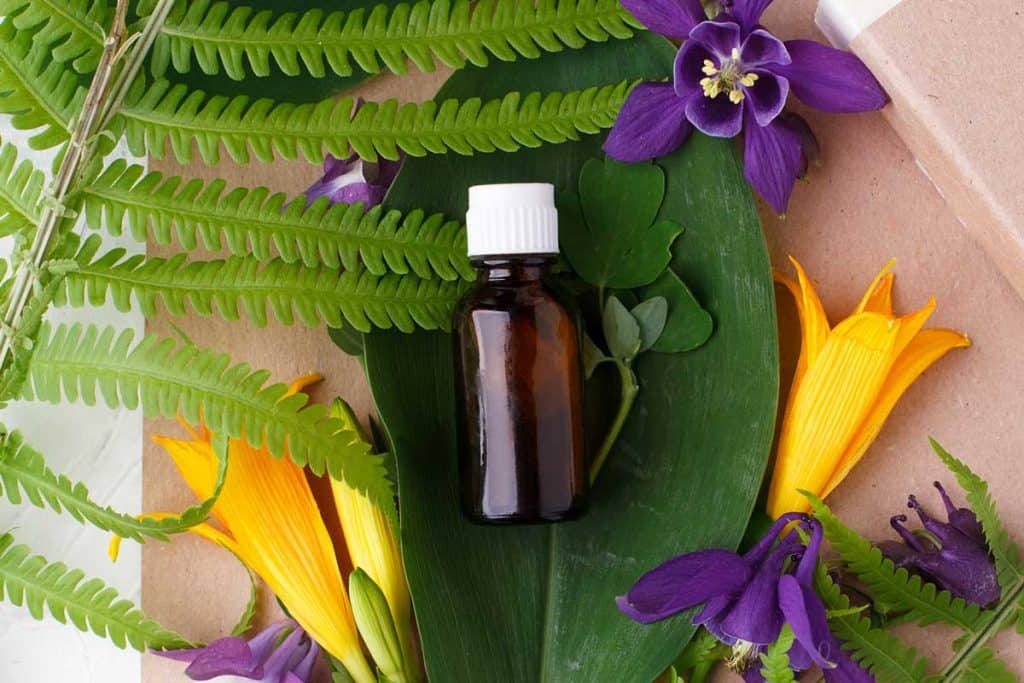Have you ever looked at a skincare product and saw retinol as an ingredient? You may be wondering what retinol is and if you should include it in your skincare routine. We have researched the benefits of retinol and how and when to use it to get great looking skin.
The best age to start using retinol is in your 20's. It's at about this age that your body begins to decrease collagen production, which will lead to skin wrinkling as you grow older. But it's never too late to add retinol to your skincare routine!
Retinol is an ingredient in many skincare products. There are different formulas and concentrations of retinol. Want to know which formulas are best and how to incorporate them into your skincare routine? Keep reading for all the details on retinol and what it can do for your skin.

This article may include affiliate links and elements that were carefully created by our team using advanced ai to help you envision the best style advice.
At What Age Should You Use Retinol?
In your 20's, your skin begins to change. Starting retinol use at this age has potent anti-aging benefits. If you suffer from skin pigment changes and breakouts, retinol can improve your skin. Retinol use in your 20's is preventative for aging as it boosts collagen and will improve skin tone and texture. Your skin will look younger for longer when you use retinol early on.
The primary way that retinol benefits your skin is by increasing skin cell turnover. When your skin is actively making new cells and repairing itself, you'll see more youthful, brighter skin, acne improves, and skin is smoother.
Retinol was first discovered by a dermatologist treating acne. The first products contained a retinoid called tretinoin and were very strong and available by prescription only. Dermatologists using tretinoin noticed that the skin of their patients wrinkled less. It was soon realized that the use of retinol by patients in their 20's resulted in younger-looking skin as they age. According to dermatologists such as Dr. Ian Webster, that's why you should start using retinol in your 20's to enjoy its long-term benefits.
However, don't panic if you are past your 20's and haven't started using retinol yet! It's not too late. Adding retinol at any age is going to benefit your skin by improving tone and texture and increasing collagen. Even if you already have wrinkles, you can keep them from getting deeper and notice an improvement by using a retinol product.
There are some essential things to know about retinol, particularly what to expect when you first use it and how strong the product should be. Read on for all details on retinol.
What is Retinol?

Retinol is a member of the retinoid family. These anti-aging molecules come from Vitamin A. There are two forms to be familiar with. Retinoic acid and retinol.
Retinoic acid is the active form of Vitamin A. It is higher-strength and is only available by prescription. This is the ingredient in Retin-A or tretinoin prescription products.
Retinol is an ingredient you'll see in many skincare products that are listed as "anti-aging." These over-the-counter products work just as well as prescription retinoic acid and are readily available. Retinol can reduce pore size, wrinkles, lines, and age spots.
How does retinol work?
Retinol acts by increasing skin cell turnover and improving collagen production. Skin cell turnover makes the skin look fresher and brighter and reduces fine lines and wrinkles. Improved collagen production plumps the skin back up to reduce wrinkles and give a youthful appearance.
Acne can be improved with retinol because of the increase in skin cell turnover. This helps pores unclogged and exfoliated.
Click to see this retinol serum for acne-prone skin on Amazon.
What to expect when you start using retinol
When you first start to use retinol on your skin, it's very typical to experience some dry red skin. You may even see slight peeling or trigger a breakout. Don't panic! This is a normal reaction, known as "retinization." Your skin has to build up some tolerance to the retinol. Most people immediately stop using the product, which is the wrong thing to do. It's worth sticking through a little dryness and redness for the results that retinol will give.
Here are some ways to decrease these effects and shorten the retinization period:
- Look for a product with a lower retinol percentage and gradually build up to a higher percentage product.
- Products range from 0.01% to 1%.
- Start with the application just once a week and gradually increase how often you apply.
- Try applying only at bedtime to start. Retinol can be inactivated by the sun and make your skin more sensitive, so use a sunscreen if you are applying during the daylight.
- Try putting moisturizer on before applying retinol.
- This can decrease the drying caused by retinol.
It can take about a month for your skin to adjust to retinol, so don't give up too soon.
Here's low potency retinol to start with that won't cause as much redness and drying.
Click here to see this product on Amazon.
This retinol is very high potency. Once your skin has built up a tolerance, you can get fantastic wrinkle reduction with a higher strength product.
Click here to see this product on Amazon.
How long do you have to use retinol to see results?

We all want rapid results, and some products will claim that you'll see a difference in just a few weeks, but realistically it's going to take about 12 weeks of continuous use to see the results of retinol. Don't give up too soon. Keep applying the product regularly for at least this long before you decide if it's working or not.
Before and after pictures will help you too. When you look at yourself in the mirror every day, it's hard to see subtle improvement. A side by side photo comparison is a great way to see changes.
Is retinol serum or cream better?
Serums typically contain a higher percentage of retinol. They also absorb more quickly. So you may see better results from a serum. However, serums are not necessarily better if your skin reacts negatively to the product. Always watch for redness and irritation. You may need to change products depending on the reaction of your skin.
Cream
Knowing your skin type can help you choose the best product for your skin. Dry and sensitive skins may do better with a cream formula.
Creams contain moisturizer as well as retinol and can counteract dryness that retinol can cause. For those that like to keep their skincare routine simple, an all in one that has retinol added to a moisturizer will decrease the number of products you need to use.
This product does it all! It's a moisturizer, contains retinol and sunscreen.
Click here to find this product on Amazon.
If your skin tends to be oily, a serum is probably a better choice since creams can potentially clog pores and make acne worse.
Click here to see this retinol cream on Amazon.
Serum
Retinol serums are usually water-based. If your skin tends to be oily, this is the best formula for you. Serums are generally lighter and won't leave your skin feeling sticky. Serums do penetrate faster so have to potential to cause more skin reactions for those with sensitive skin.
Another advantage of serum is for people who like to use a separate moisturizer. Apply your serum first and then seal in with a moisturizer.
Click here to see this retinol serum on Amazon.
If one form irritates your skin, it's easy to switch to the other. There is some trial and error in finding the perfect retinol for your skin, but the anti-aging benefits are worth it!
Can you use retinol every day?
For maximum benefit, you can and should use retinol every day. However, when you first start using retinol, you'll want to go slowly. Applying even just 2-3 times a week will benefit your skin and help it slowly adjust to the effects of retinol.
Typically retinol is recommended at bedtime since it can make the skin more sensitive, and it can be rendered inactive by the sun. Once your skin has adjusted to retinol and isn't showing any signs of redness, its okay to wear during the day as long as you also use a sunscreen.
Who should not use retinol?

There are a few cases when retinol should be avoided.
- Pregnancy and nursing
- Most doctors will recommend you stop and avoid retinol during pregnancy and while breastfeeding.
- Very sensitive skin
- If your skin is super sensitive, you may not be able to tolerate retinol even at low percentages.
- If you are using acids like an alpha-hydroxy acid (AHA) or salicylic acids.
- Acids make your skin more sensitive, and adding retinol may be too much for your skin to handle.
In Summary
As you can see, adding retinol to your skincare routine can help slow down skin aging and improve skin tone and texture. The sooner you start a retinol product, the better, but retinol is helpful at any age. Start with a low percentage product applied just a few times a week and gradually build up the strength and frequency.
Check out our post on "How to Use Vitamin C Serum" for even more ways to improve your skin tone and texture.
Or you may enjoy learning about how to create a flawless complexion with face powders in our post "Banana Powder vs. Setting Powder vs. Translucent Powder - Which one to choose?".







![Scientist holding Cyanoacrylate glue, Is There An Eyelash Glue Without Cyanoacrylate? [A Guide to Finding Safe Alternatives] - 1600x900](https://stylecheer.com/wp-content/uploads/2023/09/shutterstock_2238414685-300x169.jpg)
![Applying lash glue onto fake eyelashes, Why Is My Lash Glue Not Sticking? [Common Reasons and Solutions] - 1600x900](https://stylecheer.com/wp-content/uploads/2023/09/shutterstock_1059533828-300x169.jpg)
![Pouring black lash glue onto a small mat, What Glue Do Lash Techs Use? [A Guide to Lash Extension Adhesives] - 1600x900](https://stylecheer.com/wp-content/uploads/2023/09/shutterstock_1541038103-300x169.jpg)